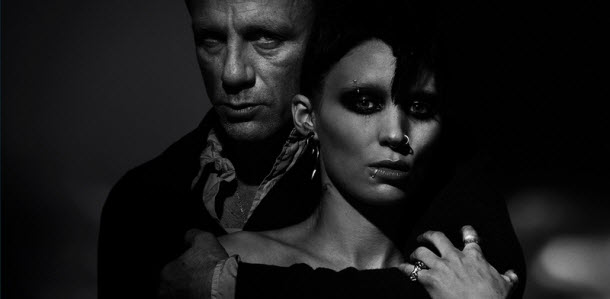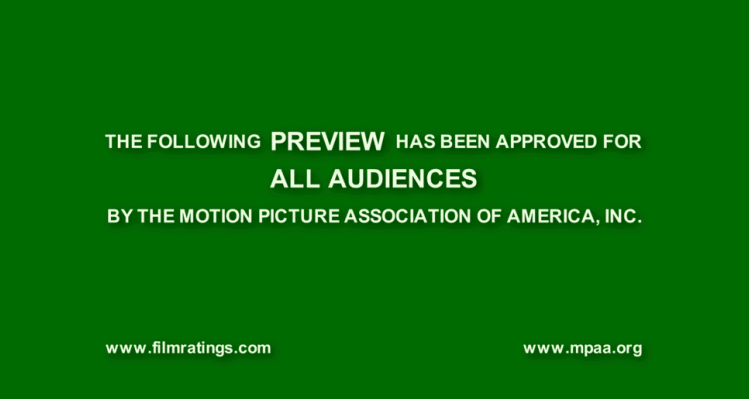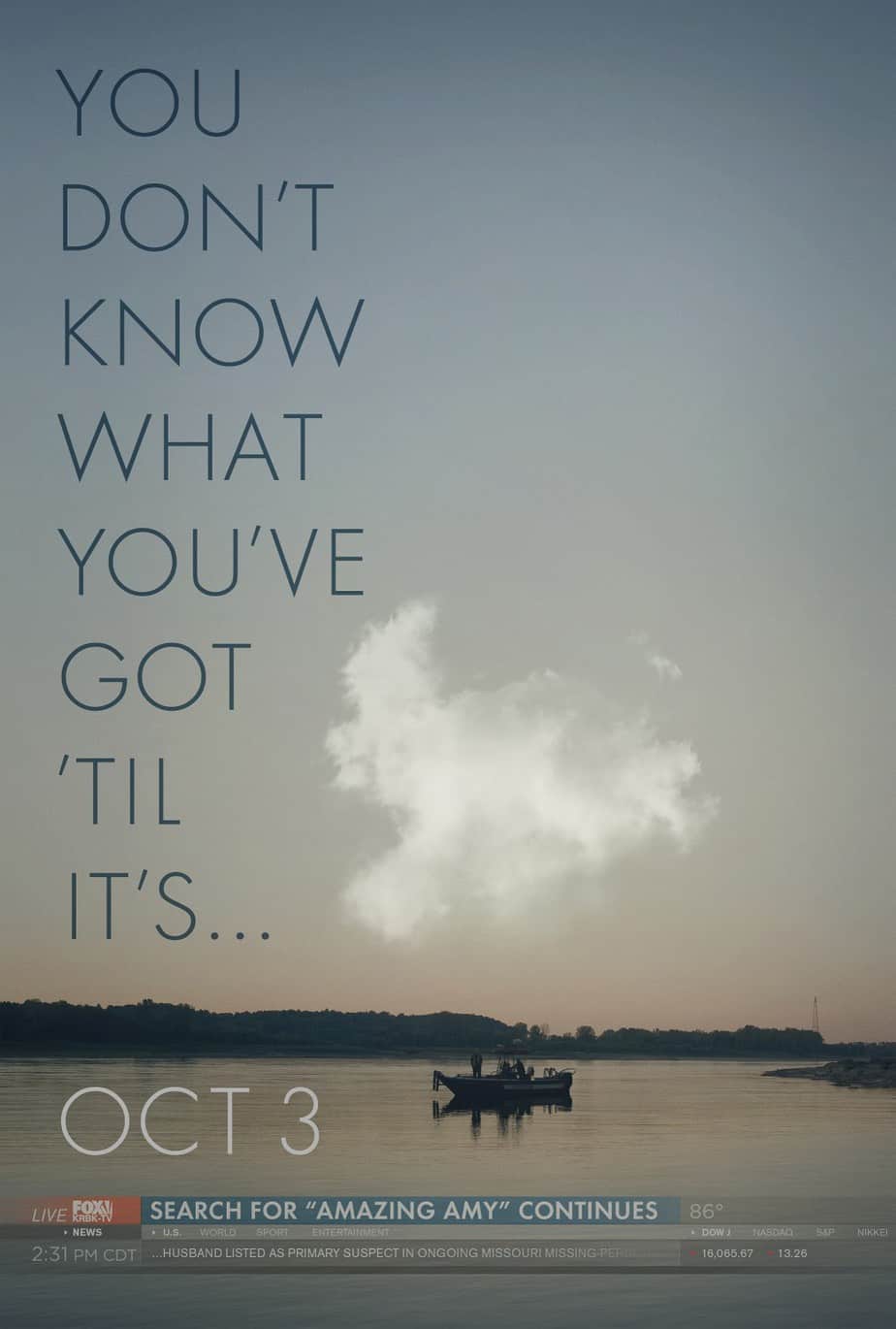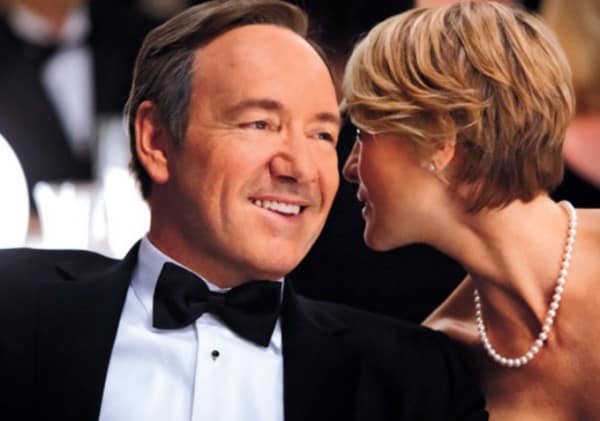
Movie Review: ‘THE GIRL WITH THE DRAGON TATTOO’ (2011)
We are running with two reviews of David Fincher’s The Girl with the Dragon Tattoo to give readers two perspectives on this new adaptation. Michael Haffner has read the novel and has seen the Swedish adaptation while Andy Triefenbach has not. Read Andy’s review here to see if it is different from Michael’s.
The popularity of The Girl With the Dragon Tattoo is surprising and interesting from a cultural standpoint. Underneath a gritty veil of violence towards women (the book in its home country of Sweden translated to Men Who Hate Women), you have an otherwise traditional mystery. Clearly this is something that appeals to men and women of all ages. Then you throw in an anti-social cyber-punk covered in piercings who seems to thrive on a heavy dose of cigarettes, caffeine, and black eyeliner. Finally, you have a male reporter who is anything but your traditional hero when you think about the character’s history of infidelity and his positioning of his job over family. Did I mention there are some graphic sequences of sex and violence that caused a jaded soul like me to recoil a bit? All of these aspects are thrown into a book that is not only a New York Times Bestseller but has appeared on so many book club lists in the past few years that you would be hard-pressed to find a forty-something “soccer mom” who isn’t familiar with Lisbeth and Mikael. How did this bitter story of anti-heroes become so popular? Yet, that is what happened. Writer Stieg Larsson’s Swedish crime-drama has taken the world by storm. In 2009, a Swedish film adaptation caused even more people to take notice of the book. Now Hollywood has succumbed to the demand by fans and has crafted their own take on the material. Given David Fincher’s history of delving into the world of mystery and murder (Seven, Zodiac), it seemed a natural fit for him to direct the anticipated remake. Since I come from already reading the novel and previously watching the Swedish movie, my approach to the film make vary from someone going into the material cold. Speaking of the cold, let’s bundle-up and head into the snowy world of Fincher’s The Girl With the Dragon Tattoo.
After a libel case has almost completely destroyed his name, magazine writer and editor of the “Millennium,” Mikael Blomkvist (Daniel Craig) has reluctantly decided to take on a new project asked of him. A wealthy and retired businessman (Christopher Plummer) has asked the now struggling journalist to investigate the disappearance and supposed murder of a young 16 yr. old girl that occurred almost 40 yrs. ago. The event in question happened on the powerful Vanger family’s island. On that day the family gathered for a reunion before a devastating crash on the bridge connecting the island to the mainland triggers the family’s awareness of the young girl’s sudden disappearance. Mikael calls for the help of computer-hacker Lisbeth Salander to help him crack the case. The disturbed girl has a dark history but plays a vital role in the life of Mikael and the mystery surrounding Harriet’s death.
The Girl With the Dragon Tattoo will be met with approval by fans of the book series. Even more-so than the 2009 Swedish film. David Fincher and screenwriter Steven Zaillian delve deeper into the intricacies of the mystery and the dark lives of the family members involved. As a result, the mystery element of this version is much more fulfilling and successful in keeping you guessing. With all translations from page to screen, details will be missing from the story, such as Mikael’s affair with one of the Vanger family members prior to Lisbeth’s arrival to the island. Yet, details like this aren’t as pertinent as the mood and tone Fincher has created. An eerie spell sets in right away driven by an intense title sequence set to the song “Immigrant Song” by Karen O, Atticus Ross, and Trent Reznor. This short snippet is a mini David Lynch-esque film just in itself. The rest of the film unfolds the mystery through endless interviews and the studying of photos and bible passages. Fincher fans who are expecting the kinetic style of the opening might find some of this a bit tedious. Thankfully there is a rush of excitement injected about every 20 minutes in its 2:40 minute length that breaks up the monotony of the investigation. Aside from delivering a faithful adaptation, The Girl With the Dragon Tattoo also exists as a metaphor of how easily we try to hide and suppress evil in our history. Somewhere among the photos of women raped and slaughtered you get a feeling of a greater meaning behind the film that was not felt in the book nor the previous film. You feel that this wealthy, business-running family is representative of how easily a cover-up can occur on a personal or global level. It seems fitting that when Lisbeth (Rooney Mara) enters into the investigation with her piercings, tattoos, sleep-deprived eyes, and black garb, she shows someone who wears her own personal scars and history clearly out in the open.
As the entrancing character of Lisbeth Salander, Rooney Mara portrays her as both a highly intelligent but damaged creature. Her rolled shoulders and lack of eye-contact give the sense of a whipped dog who fails to trust others but is equally self-sufficient. Unlike Noomi Rapace who amped up her body-language to convey a”bad-ass chick” vibe, Rooney plays the character in a more subtle way and lets her wardrobe speak the “bad-ass” part. Lisbeth is described in the book as having the body of a 12 yr. old boy. This is much more the case in this film. What is hard about playing the character is achieving the balance of a strong 24 yr. old woman but also someone who has had a history of men taking advantage of her all her life. Rooney Mara walks this line and gives an icy performance that still makes you warm up to her. The rest of the cast do a fine job as well. Daniel Craig looks bookish and smart and Christopher Plummer shows a damaged man at the end of his life struggling to keep the courage to go on. Stellan Skarsgard as the complex Martin Vanger is the real treat though. A monologue later in the film with him and Craig is one of the most captivating scenes in the entire film.
My only issue with the film actually stems from the source material. At a whopping 600 plus pages, the book is far from succinct and meanders a little at times. Not only that, but a final surprising third act continues on much longer after the end of the “mystery” and throws in some unnecessary sequences. The pacing is a bit off and the reveal of the mystery is far from unexpected. The real charm to be found in this film is to watch Fincher and his team of artists, musicians, editors, and cinematographers create an engaging world complete with ambient background noise and over-the-head camera trick shots. Fincher takes great joy in the technical side of film-making, even if the material isn’t as deserving of it as it could be. Most of the general public who haven’t read the book might be turned off almost immediately by some of the more brutal sequences early on. However, I could be surprised. Maybe they will embrace the cyber-punk world of Lisbeth. I have to remind myself, millions of people ranging from teenagers to 70 yr. old women have helped make the story as popular as it is now. Maybe audiences won’t mind an erratic story with a little bit of anal rape.



